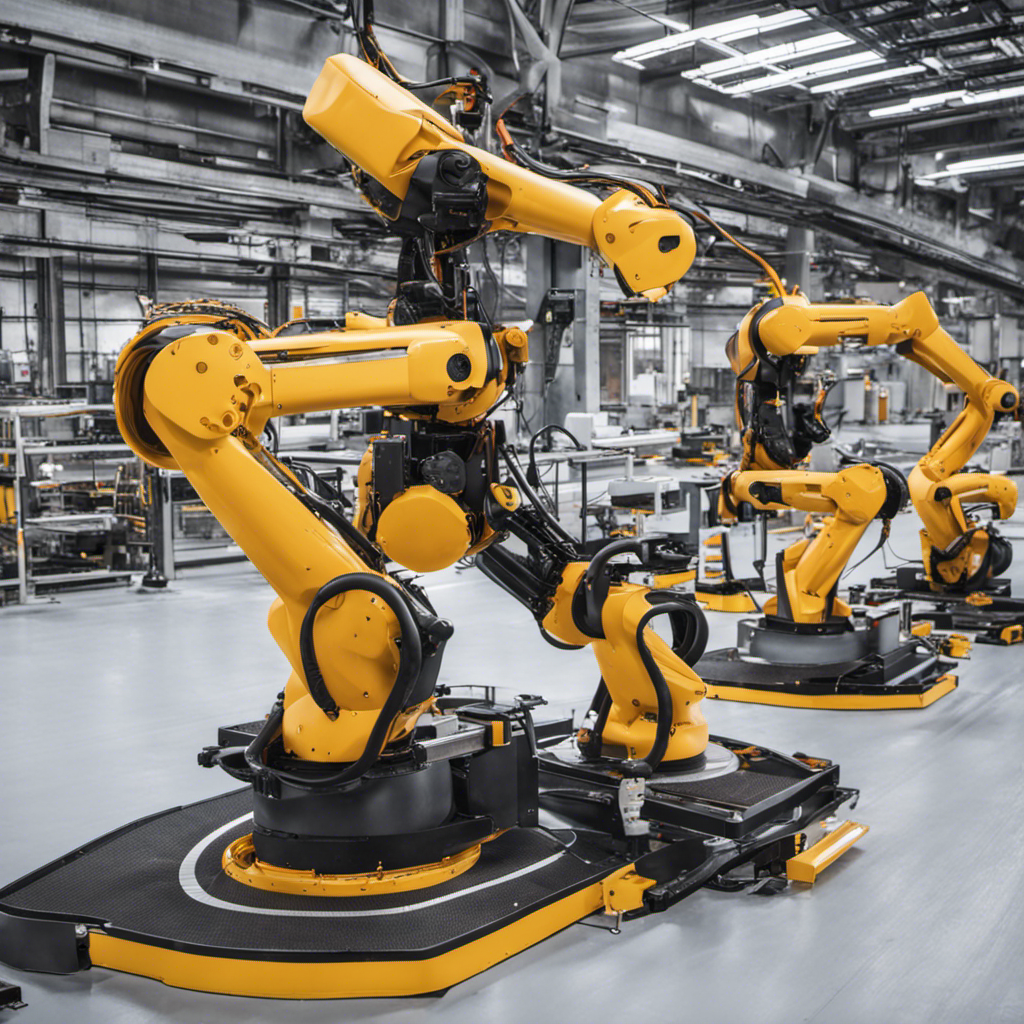Automation is increasingly becoming a cornerstone of modern life, streamlining everything from manufacturing to household chores. But one often-overlooked advantage of automation is its potential to significantly reduce energy consumption. This guide explores how automating certain processes can help both businesses and households save energy, lower bills, and reduce their environmental impact.
Automation in Business: The Big Picture
HVAC Systems
One of the most energy-consuming elements in any facility is heating, ventilation, and air conditioning (HVAC). Automating HVAC systems using smart thermostats and occupancy sensors can optimize temperatures in real-time, ensuring a comfortable yet energy-efficient environment.
Lighting Control
Automated lighting systems that use motion sensors or time-based schedules can drastically reduce energy usage. These systems ensure lights are only on when needed, eliminating the wastage of electricity.
Machinery Scheduling
In manufacturing environments, machinery often runs unnecessarily during downtimes. Automated scheduling can ensure that machines are active only during productive hours, reducing energy consumption.
Quick Fact: According to the Carbon Trust, automation can help businesses reduce energy costs by as much as 20%.
Home Automation: Small Changes, Big Impact
Smart Thermostats
Like in businesses, HVAC systems are among the most energy-intensive appliances in homes. Smart thermostats can learn your habits and adjust the temperature accordingly, ensuring energy is not wasted in heating or cooling an empty home.
Automated Blinds and Curtains
Smart blinds can be programmed to open or close based on daylight conditions, reducing the need for artificial lighting and even aiding in temperature control.
Intelligent Home Assistants
Devices like Amazon Alexa or Google Home can be programmed to control lighting, appliances, and even your thermostat, offering a user-friendly interface for energy management.
Future of Energy-Saving Automation
Internet of Things (IoT)
The Internet of Things is making it easier than ever to integrate various aspects of energy management into a cohesive, automated system. Appliances, lighting, and HVAC systems can all be connected and controlled remotely, providing unprecedented control over energy usage.
Artificial Intelligence and Machine Learning
As technology advances, we can expect artificial intelligence and machine learning algorithms to play a significant role in energy management, automatically adjusting systems for optimal energy utilization without human intervention.
Considerations for Automation
Initial Investment
Automation systems can require an upfront investment. However, the long-term energy savings often justify the cost.
Compatibility
Before investing, ensure that the automation system you choose is compatible with your existing appliances and systems to avoid additional costs or complexities.
Summary
Automation offers numerous avenues for energy savings, whether you’re running a business or managing a household. By taking advantage of modern technologies like smart thermostats, automated lighting, and advanced scheduling, you can significantly reduce your energy consumption and contribute to a more sustainable future. Automation is not just a convenience but a tool for smarter, more responsible energy use.
